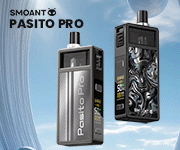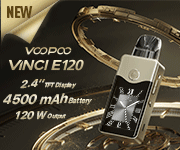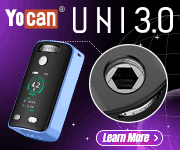Safety requirements
If overheated or overcharged, Li-ion batteries may suffer
thermal runaway and cell rupture.In extreme cases this can lead to combustion. Deep discharge may short-circuit the cell, in which case recharging would be unsafe.
[citation needed] To reduce these risks, Lithium-ion battery packs contain fail-safe circuitry that shuts down the battery when its voltage is outside the safe range of 3.2–4.2 V per cell. When stored for long periods the small current draw of the protection circuitry itself may drain the battery below its shut down voltage; normal chargers are then ineffective. Many types of lithium-ion cell cannot be charged safely below 0 °C.
Other safety features are required in each cell:
- Shut-down separator (for overheating)
- Tear-away tab (for internal pressure)
- Vent (pressure relief)
- Thermal interrupt (over-current/overcharging)
These devices occupy useful space inside the cells, add additional points of failure and irreversibly disable the cell when activated. They are required because the anode produces heat during use, while the cathode may produce oxygen. These devices and improved electrode designs reduce/eliminate the risk of fire or explosion. Further, these features increase costs compared to nickel metal hydride batteries, which require only a hydrogen/oxygen recombination device (preventing damage due to mild overcharging) and a back-up pressure valve.
These safety issues present a problem for large scale application of such cells in Electric Vehicles; A dramatic decrease in the failure rate is necessary.


















